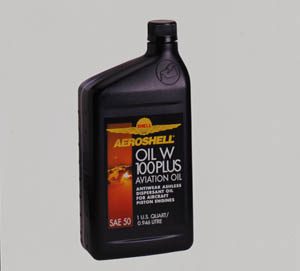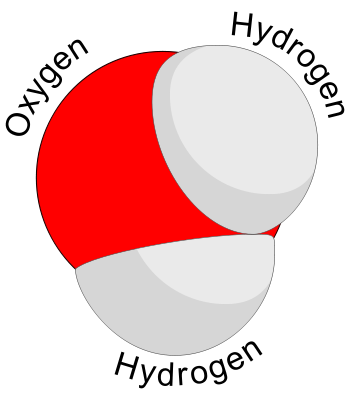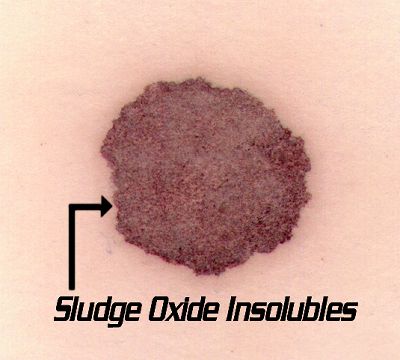 Continental and Lycoming tell us that we must change the oil in our engines every 50 hours or 4-6 months, whichever comes first—and that’s if we have a full-flow oil filter installed. If we have only an oil screen, then the oil change interval goes down to 25 hours. Did you ever wonder why we need to change the oil so often?
Continental and Lycoming tell us that we must change the oil in our engines every 50 hours or 4-6 months, whichever comes first—and that’s if we have a full-flow oil filter installed. If we have only an oil screen, then the oil change interval goes down to 25 hours. Did you ever wonder why we need to change the oil so often?
It’s not because the oil breaks down in service and its lubricating qualities degrade. The fact is that conventional petroleum-based oils retain their lubricating properties for a very long time, and synthetic oils retain them nearly forever.
Consider, for example, that most automobile manufacturers now recommend a 7,500-mile oil-change interval for most cars and light trucks. That’s the equivalent of 150 to 250 hours of engine operation. In fact, oil analysis studies have shown that a synthetic automotive oil like Mobil 1 or Amsoil can go 18,000 miles without appreciable degradation, and that’s the equivalent of 400-600 hours.
Filth
No, the reason we change oil in our aircraft engines every 25 to 50 hours is not because it breaks down. It’s because it gets contaminated after 25 to 50 hours in an aircraft engine. In fact, it gets downright filthy and nasty.

Compared with automotive engines, our piston aircraft engines permit a far greater quantity of combustion byproducts—notably carbon, sulfur, oxides of nitrogen, raw fuel, partially burned fuel, plus massive quantities of the corrosive solvent dihydrogen monoxide or DHMO (see graphic)—to leak past the piston rings and contaminate the crankcase. This yucky stuff is collectively referred to as “blow-by” and it’s quite corrosive and harmful when it builds up in the oil and comes in contact with expensive bottom-end engine parts like crankshafts and camshafts and lifters and gears.
To make matters worse, avgas is heavily laced with the octane improver tetraethyl lead (TEL), which also does nasty things when it blows by the rings and gets into the crankcase. (If you’re as old as I am, you may recall that back before mogas was unleaded, the recommended oil-change interval was 3,000 miles instead of 7,500 miles.)
So one of the most important reasons that we need to change the oil regularly in our Continentals and Lycomings is to get rid of these blow-by contaminants before they build up to levels that are harmful to the engine’s health.
Acid
Another reason we need to change the oil regularly—arguably even more important than disposing of contaminants—is to replenish the oil’s additive package, particularly its acid neutralizers. When sulfur and oxides of nitrogen mix with DHMO, they form sulfuric acid and nitric acid. If you remember these dangerous corrosives from your high school chemistry class, then you’ll certainly appreciate why you definitely don’t want them attacking your expensive engine parts.

How can we tell when the acid neutralizers in the oil have been used up? It turns out that there’s a laboratory test that measures the level of unneutralized acid remaining in the oil. This is known as the “total acid number” or “TAN” test. Some oil analysis firms can perform this test on your oil samples. However, it’s not routinely done as part of the normal oil analysis report, so you need to specially request a TAN test when you send in your oil sample (and be prepared to pay extra for it).
Intervals

On my own airplane, what I do (and generally recommend to my clients) is to change the oil and filter every 50 hours or 4 calendar months, whichever comes first. This means that operators who fly at least 150 hours a year can go 50 hours between oil changes, but operators who fly less will use a proportionately reduced oil-change interval.
This recommendation assumes that the aircraft has a full-flow (spin-on) oil filter installed, that it operates primarily from paved runways, and that it has decent compressions and relatively low blow-by past the rings. Engines that have only an oil screen (no filter) should have the oil changed every 25 hours. Engines that operate in dirty or dusty conditions and ones that have high oil consumption due to high blow-by should have more frequent oil changes.
My friend Ed Kollin—lubrication engineering wizard who used to head Exxon’s lubrication lab and who developed ASL CamGuard—is even more conservative. He preaches that oil should be changed no less frequently than every 30 hours, and frowns when I suggest that it’s okay to go to 50 if you fly a lot.
Insolubles
 Another important indication of oil condition can be found in standard oil analysis report provided by some labs—notably the one I prefer, Blackstone Laboratories in Ft. Wayne, Indiana—is the “insolubles” test. This test is performed by placing the oil sample in a centrifuge to separate out all solids and liquids in the sample that are not oil-soluble.
Another important indication of oil condition can be found in standard oil analysis report provided by some labs—notably the one I prefer, Blackstone Laboratories in Ft. Wayne, Indiana—is the “insolubles” test. This test is performed by placing the oil sample in a centrifuge to separate out all solids and liquids in the sample that are not oil-soluble.
Virgin oil normally contains no insolubles. The insolubles found in drained engine oil come from three sources: (1) oxidized oil that breaks down due to excessive heat; (2) contaminants from blow-by of combustion byproducts; and (3) particulate contamination caused by poor oil filtration. If your oil analysis report reveals above-normal insolubles, it might be indicative of an engine problem—high oil temperature, excessive blow-by, inadequate filtration—and almost certainly means you should be changing your oil more frequently.
By the way, did I mention that I’m a huge fan of laboratory oil analysis? I use it religiously, recommend it strongly to all piston aircraft owners, and believe that it’s one of the most important tools we have—along with oil filter inspection and borescope inspection—for monitoring the condition of our engines and determining when maintenance is necessary.



